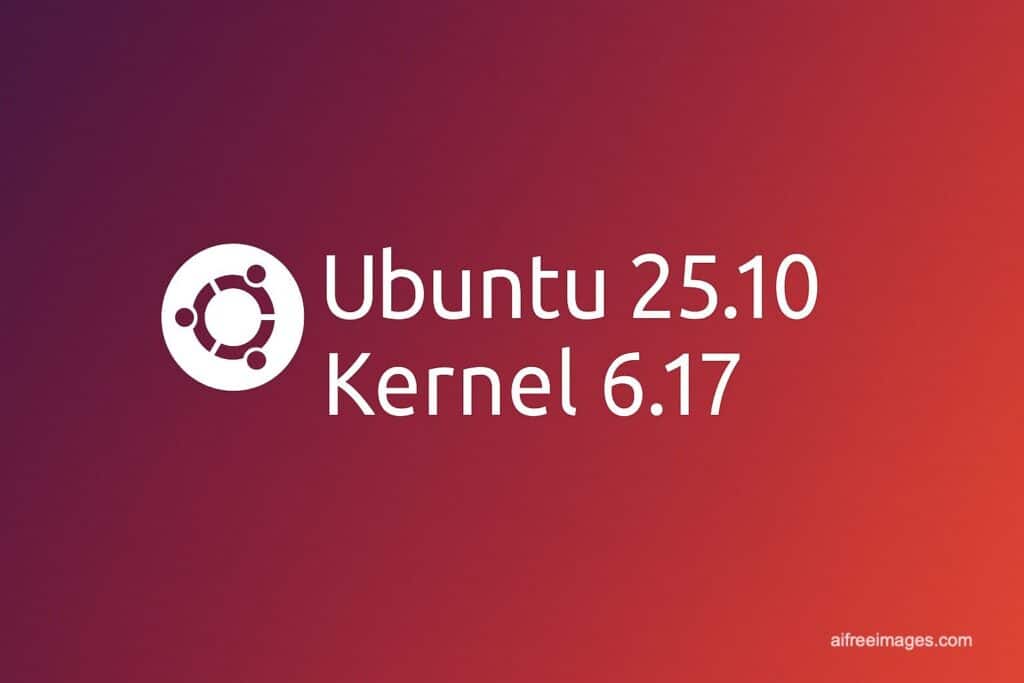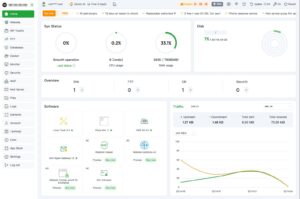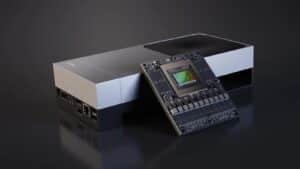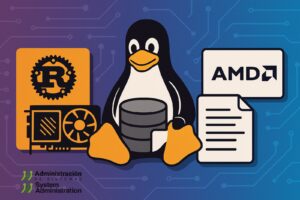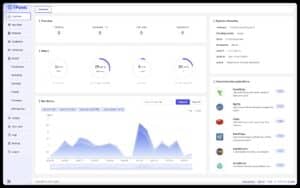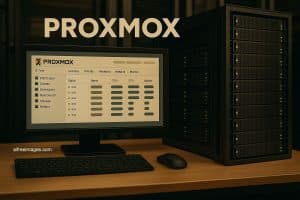Ubuntu 25.10 is here with its most ambitious brief in years: modernize the system core, cut memory-safety risks by adopting Rust-based components, and cement Wayland as the sole GNOME session while maintaining legacy compatibility via XWayland. On top of that, it introduces APT 3.0 with a new dependency solver and snapshot support, refreshes default apps (Loupe and Ptyxis), switches time sync to Chrony with NTS, and ships on Linux 6.17. What follows is what changed, why it matters, and how it impacts admins, developers, and desktop users.
The desktop: GNOME 49 and farewell to the X11 session
Ubuntu 25.10 removes the “Ubuntu on Xorg” session for GNOME. From now on, the desktop starts exclusively on Wayland; X11 applications continue to run through XWayland, but there’s no longer an Xorg session option. This aligns with the broader ecosystem shift and Wayland’s advantages in security, isolation, and input handling. In practice you’ll see a more consistent desktop with improvements to HDR, brightness control, gestures, fractional scaling, and steadily better behavior with newer NVIDIA drivers.
If you still rely on “pure” X11 software, XWayland is the path forward. In most cases there’s nothing to do—binaries launch as before. For specialized setups (old WMs, vintage capture tools, niche input managers), validate workflows before large-scale rollouts.
Loupe replaces Eye of GNOME: a modern, safer image viewer
Loupe becomes the default image viewer, replacing Eye of GNOME. It brings a modern feel—lightweight UI, smooth transitions, quick edits (rotate, crop, basic metadata), and broad format support via the Glycin decoding library. The shift isn’t just cosmetic: Loupe and its decoding stack are written in Rust, reducing exposure to common memory bugs (buffer overflows, use-after-free) and making sandboxing easier. Users get snappier previews and fewer surprises with newer photographic and graphics formats.
Ptyxis replaces GNOME Terminal: a terminal that speaks containers
Ptyxis takes over from GNOME Terminal. It’s built with native integration for Toolbox, Distrobox, Podman, and JHBuild: opening a shell inside a container or toolbox is as natural as opening a new tab. For developers and DevOps, that means less friction—reproducible environments and isolated sandboxes from the default emulator. Rendering is GPU-accelerated for smoother long scrollbacks, multiplexing, and tab workloads.
“Oxidizing” the base system: coreutils and sudo move to Rust
Two decisions set the tone for 25.10:
- GNU coreutils are replaced by uutils coreutils (often referenced as rust-coreutils), a Rust re-implementation of tools like
ls,cp,mv,cat,sort, etc. The goal is behavioral compatibility with classic tools while gaining memory safety. - sudo is replaced by sudo-rs (Rust implementation). The CLI and workflow remain familiar, with internal improvements aimed at robustness and defense-in-depth.
For admins who need a temporary fallback (e.g., scripts sensitive to exact coreutils behavior), the distro offers coexistence and alternative packages. The message, however, is clear: Ubuntu is investing in memory-safe system components—a move consistent with broader industry trends.
Transition tips:
- Run regression suites on playbooks and pipelines that depend on
cp/mv/sortnuances. - Confirm less-common POSIX options and error semantics in critical scripts.
- Document temporary workarounds or pins if you maintain shared base images.
APT 3.0: new solver, refreshed UX, and snapshots
APT 3.0 is another headline. It introduces Solver3, a more efficient and predictable dependency resolver that reduces dead-end situations and produces clearer conflict explanations. The UI revamps messages, summaries, and resolution proposals for more understandable output. Snapshot support arrives for time-point state of packages, and the final retirement of apt-key is complete: trust management moves to modern mechanisms (e.g., signed-by= in sources.list and per-repo key pinning).
For fleet managers, APT 3.0 improves:
- Conflict diagnostics with clearer errors and proposals.
- Rollback to known states via snapshots—handy after risky rollouts.
- A finer-grained trust model without a single global system keyring.
GNOME X11 bows out; Wayland by default with XWayland for legacy
This transition also affects utilities and plugins that used to hook into Xorg (screen recorders, old screen lockers, composition tools). In 25.10:
- Screen capture and sharing run on PipeWire and desktop portals.
- Media keys and shell functions integrate with systemd and GNOME session services.
- XWayland handles most X11 apps without user intervention.
If you manage desktops with unusual peripherals (older tablets, exotic scan codes, capture cards), schedule a sprint to validate input and A/V paths on Wayland before the jump.
systemd-timesyncd gives way to Chrony with NTS
Ubuntu 25.10 replaces systemd-timesyncd with Chrony as the default NTP client. The big news is Network Time Security (NTS) support, adding authentication and encryption to time exchange, preventing tampering and improving clock trust. Chrony also behaves better on flaky networks and laptops with suspend/hibernate cycles, adapting quickly to connectivity changes.
Enterprise tip: enable NTS to your authoritative time sources (internal or trusted providers) and monitor offset and sync source with chronyc.
Kernel and base: Linux 6.17
This release ships on Linux 6.17, bringing the usual uptick in driver coverage, scheduler updates, support for new hardware (graphics, NVMe, Wi-Fi), and security patches. On laptops and workstations, expect stability and power efficiency improvements—especially under Wayland and PipeWire. On servers, look for IO path consolidation and performance tweaks in BPF, namespaces, and filtering.
Security impact: fewer memory-safety pitfalls
Shifting key components to Rust has a technical goal: avoid entire classes of vulnerabilities tied to manual memory management. By moving core pieces (coreutils, sudo, image decoding libraries) to Rust, Ubuntu 25.10 mitigates risks like use-after-free, buffer overflows, and double frees. It doesn’t eliminate all bugs—security isn’t only about language—but it significantly reduces a broad family of systemic issues in userland tooling.
Practical notes for admins and dev teams
- Regression test scripts against Rust coreutils. If you spot output or return-code differences, document them and consider temporary pins in CI/CD images while you adapt.
- Dev environments: migrate to Ptyxis and lean into Distrobox/Toolbox/Podman integration; simplify templates so newcomers land directly in reproducible containers.
- Time policy: enable NTS with Chrony where compliance matters; record drift and time source metrics in observability.
- Wayland: verify screen capture (PipeWire/portals), accessibility tools, and peripherals. If you rely on anything “X11-only,” XWayland usually suffices—but test it on your fleet.
- APT 3.0: use snapshots for fast rollbacks after mass updates; brief helpdesks on the new UI and clearer conflict messages.
What to expect when upgrading
- For most users, the upgrade is hands-off: GNOME launches on Wayland, Loupe and Ptyxis become defaults,
sudoand coreutils point to their Rust equivalents, and Chrony handles time. - If you run proprietary NVIDIA drivers, Wayland is now the preferred route; ensure you’re on a recent driver.
- On servers or critical workstations, consider a staging window: run
autopkgtest/CI suites on your playbooks before promoting to production.
Conclusion
Ubuntu 25.10 isn’t a simple tick-tock; it’s the tune-up for the next LTS: a Wayland-first desktop, Rust in fundamental tools, APT 3.0 with smarter resolution and Chrony with NTS to raise the security bar. It pays down technical debt and accelerates the move to a safer stack—without abandoning compatibility (XWayland) or modern tooling for developers (Ptyxis, containers). For end users, that means a faster, safer, more coherent system; for admins, fewer sharp edges and a more predictable future for automation and rollouts.
Frequently Asked Questions (FAQ)
Can I still run traditional X11 apps?
Yes. Even though the Xorg session is gone in GNOME, XWayland runs X11 apps transparently. Only edge cases (old capture tools, exotic WMs) may need extra attention.
What if a script breaks with Rust coreutils?
Run tests; if you find output/return differences, document a temporary workaround or pin classic binaries while you adapt. The project targets compatibility, but you should validate critical pipelines.
What does Chrony with NTS add over timesyncd?
More robust synchronization on variable networks and NTS for authenticated, encrypted time exchange—mitigating time spoofing and tampering.
What are the key changes in APT 3.0 I should know?
A new Solver3 for better decisions, a clearer UI, snapshot support for rollbacks, and the full removal of apt-key in favor of per-repository trust methods.
Sources consulted
Ubuntu 25.10 release notes, Canonical announcements, and technical documentation covering GNOME/Wayland changes, APT 3.0, Loupe, Ptyxis, Chrony/NTS, uutils coreutils, and sudo-rs.

